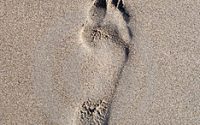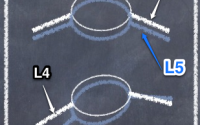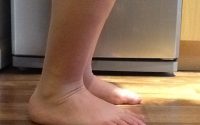How do the Foot and Lower Limb Dissipate Impact Energy at Heel Strike?
How do the Foot and Lower Limb Dissipate Impact Energy at Heel Strike? This was question set as my first task on my latest MSc. module ‘Origins and Principles of Biomechanics. Funny that of the dozen or so possible questions I could have been given, this is the one I would have picked…lucky me!
You had 5 mins to present your answer on power point, here’s a link:
Foot and Lower Limb Strategies
My thought process for breaking down the question was to split it into passive and dynamic strategies. Though there is interaction between the two.
Passive Structures
On the passive side we have fat pad, particularly the plantar fat pad of the heel. Also, there is the menisci of the knee and the labrum in the hip.
The plantar fat pad of the heel is a fibroadipose structure that us perfectly suited to dissipating the stresses associated with weight bearing activities. It is particularly good at protecting from peak bone stresses (Kelly et al. 2018). The plantar fat pad is capable of absorbing between 20 and 50% of applied impact forces (Wearing et al. 2014).
The fat pad in the presentation was one from an elephant, which is awesome!!
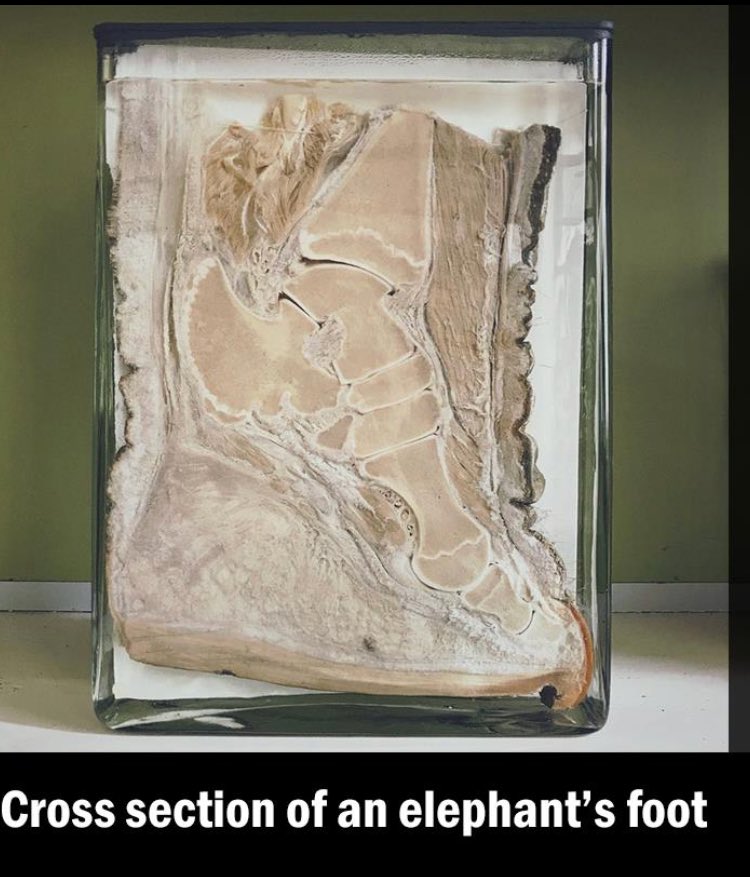
The menisci of the knee and labrum of the hip are often labelled as a shock absorber. Their fibrocartilage/collagenous connective tissue structure allow for shock absorbing. However, they are also shaped in such a way as to increase joint congruity. This increases the contact area subjected to impact forces and decreases peak bone stress (Magee et al. 2007).
Dynamic Strategies
For Foot and Lower limb dynamics strategies, I guess that this leads me down a path I’ve been down many times. Bones Move, Joints Feel and Muscles React (click each one to get more detail).
Each part of this thought process lends itself to absorbing shock. However, I see a difference here is that the dynamic strategies aren’t here just to dissipate forces, but to store it and return it as best they can.
The bones motions are kicked off by the calcaneus landing inverted at heel strike. This will then tilt into eversion triggering sub talar rotation. This means that the impact forces are not acting only in one direction, but can be spread through the 3 planes of motion.
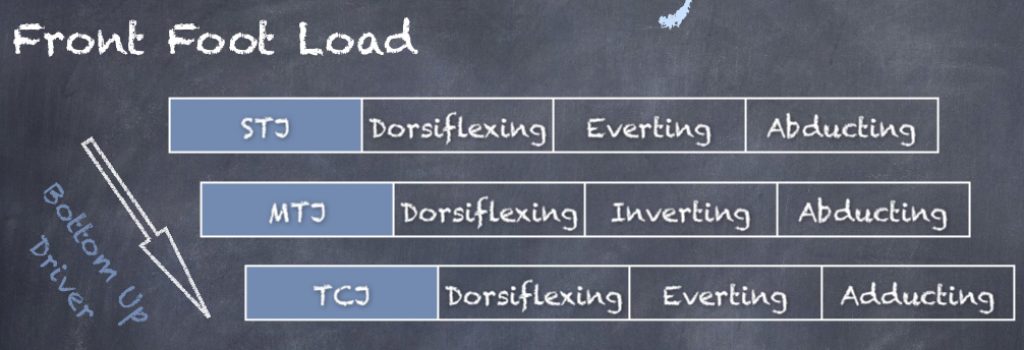
The 3 dimensional bone motions mean that joints can absorb in all 3 planes and therefore the muscles and soft tissues can also absorb in all 3 planes. Though some of these forces will be dissipated (no tissue can return 100% of the energy) much of this load can be used as part of the gait cycle, increasing the efficiency of gait.
Summary
I guess the learning process is working well, because I’ve written this summary keeping it to the knowledge and understanding I had at the time. If I wrote it again now (2 months into the module) it would be very different.
References
Kelly, L.A., Cresswell, A.G. and Farris, D.J. (2018) ‘The energetic behaviourof the human foot across a range of running speeds’, Scientific reports, 8(1), pp. 10576-1.
Magee, D.J., Zachazewski, J.E. and Quillen, W.S. (2007) ‘Scientific Foundations and Principles of Practisein Musculoskeletal Rehabilitation. Elselvier.
Wearing, S.C., Hooper, S.L., Dubois, P., Smeathers, J.E. and Dietze, A. (2014) ‘Force-deformation properties of the human heel pad during barefoot walking’, Medicine and science in sports and exercise, 46(8), pp. 1588-1594.
